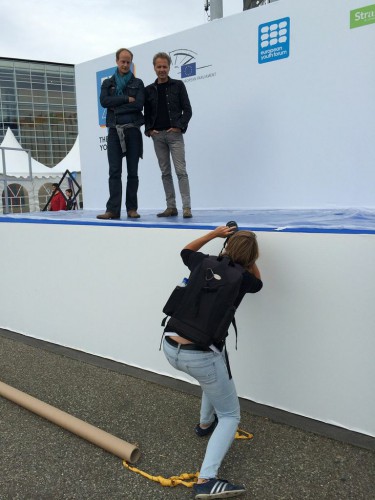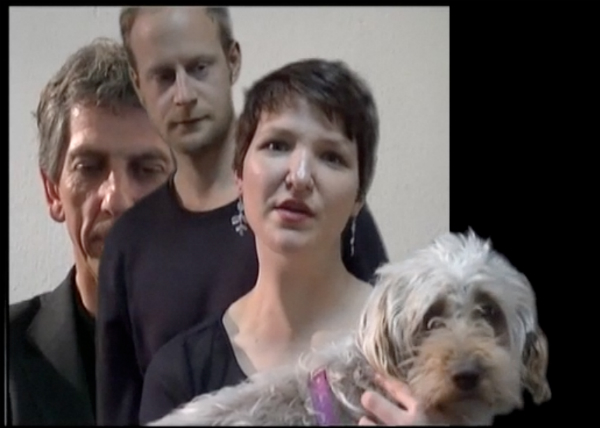“Friday in Venice” launched at the European Parliament
The transmedia project www.lavapolis.com/agora/friday-in-venice has now been online since May 8. While a team of contributors were still working on the website that day, the German actor Gabor Biedermnn and I traveled to Strasbourg in France to launch it in front of 120 young journalists from the European Union member states. In the European Parliament. For a veteran of the opera and theatre like me, it felt like the project was premiering a few weeks before its actual premiere.
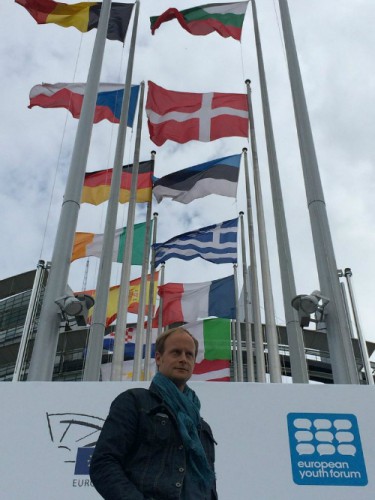
But the German director Robert Schuster and his international theatre troupe of actors, puppeteers, and foley walkers had provided us with videos for the website, which made me confident that we were able to present something serious.
France was commemorating Victory Day, and Strasbourg and the parliament were pretty empty. We seemed to have it all to ourselves. Except for the fluttering of leaves as the breeze blew through the lush green chestnut trees in the city’s alleyways, there was little movement.

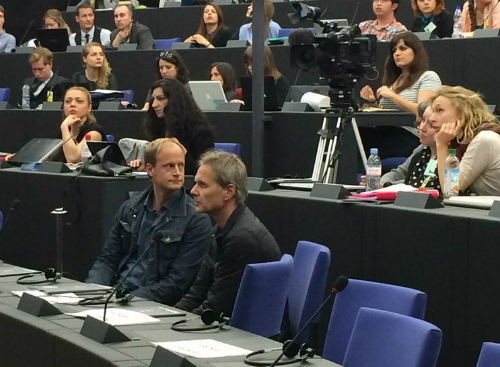
We were given a chance to tell the story of the fictional island of Lavpolis and its social experiment, which I invented in order to encourage people to contribute to this experimental project. Friday, one of the residents of Lavapolis, started his travels through Europe on the same day as the launch and arrived in Strasbourg to better understand the very place where European politics is publicly debated and what is at stake in the upcoming elections for the European Parliament. Gabor—who’s of German-Hungarian origin but was born in France and grew up in Portugal—contemplated the possibility of a European identity that would not need national identities. A Dutch journalist admitted she had never heard the idea put this way. An Englishman suggested that you can be Scottish, British, and European at the same time and therefore have multiple identities at once.
In the discussion I also had something to admit: I had never started anything remotely similar to Lavapolis/Friday in Venice—a project that only starts when it is actually finished (or vice versa). A project which, after a year of work by the initial author, will be handed over to its audience for them to continue its creation.
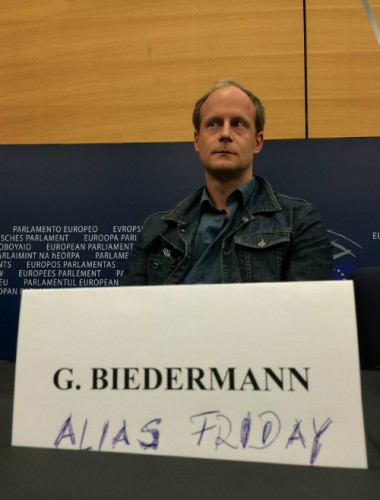
Then we showed the video where Friday invites people to compete with one another to propose the best candidates for a potential pan-European government (You can find the video here). A Danish journalist asked why the project combines art and reality. Because art liberates people from the apodictic presence of reality, I answered boldly. It opens a window to a world that could be. Art can be a tool to discover that things could work differently if we strayed from the obvious truths.
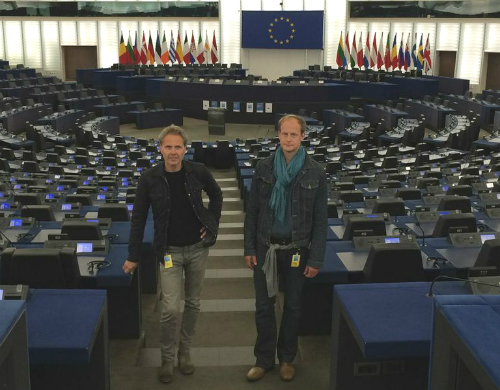
Finally, we tried to make our way out of the deserted house of parliament. On the quiet anniversay of the armisitice, it was hard to imagine that there’s a battle going on about Europe’s future. While we were wandering around the the dead-quiet corridors, the Alsatian light at dusk flooded in through the glazed roof. Friday, among a crowd of young people, had arrived in Europe—in search of its identity.
